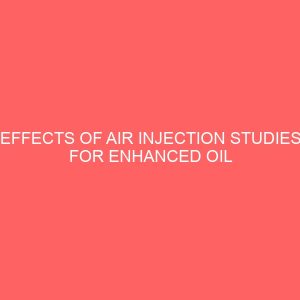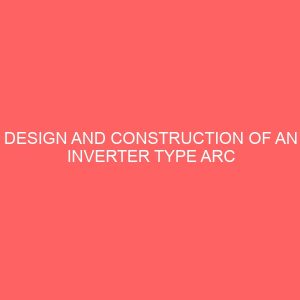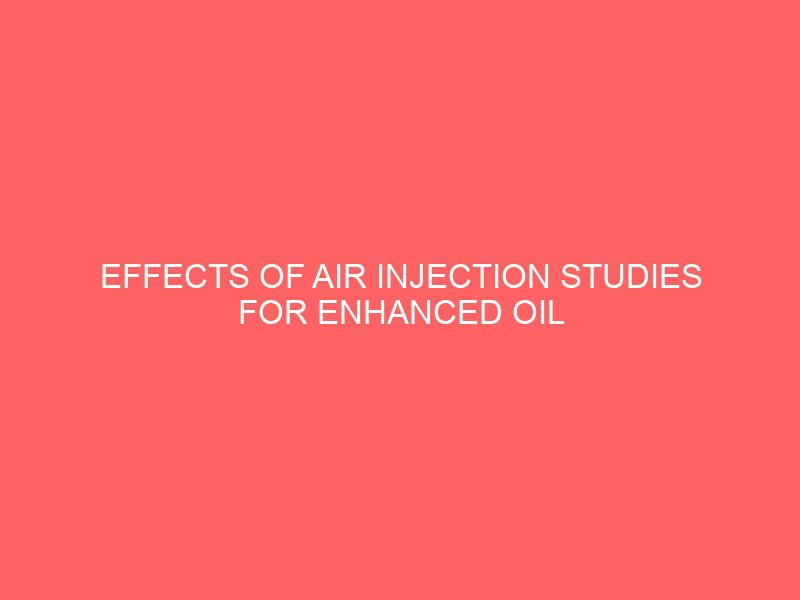Description
CHAPTER ONE 1.0 INTRODUCTION 1.1 Background of study Enhanced Oil Recovery (EOR) is a tertiary recovery process which is normally applied after primary and secondary recovery, to mobilize oil trapped in pores by vicious capillary forces. Thermal, chemical, solvent and gases are the most common form of various EOR process (Isco, 2007). Due to the decline of oil reserves caused by the rising oil production, and clamours for environmentally friendly practice in EOR techniques, petroleum engineers are currently driving EOR projects towards more efficient techniques. One of such efficient technique is the Air/Flue gas injection which is motivated by inexpensive source of air as well as environmentally friendly carbon-dioxide sequestration. The motivation for the use of air as an injectant in the EOR project is because of its abundance, availability and low cost. It can simply be supplied by the use of a compressor, with overall project having low initial and operating cost in comparison to other EOR methods (JOGMEC, 2011). Air for increasing oil recovery from reservoirs dates back to the 1940?s and early 1950?s (Hvizdos et al., 1983) and by the 1960s and 1970, about forty (40) in-situ full field or pilot projects had been undertaken throughout the world with North America topping such projects (Pwaga et al., 2010). This technique, apart from laboratory studies has been implemented in fields such as West Hackberry in Louisiana, Horse Creek North and South Dakota, Zhongyuan and Liaoche oil fields in China, H field in Indonesia, South Bridge in California and other countries such as Romania, United Kingdom, Japan, Canada, India, Argentina, Venezuela have maintained laboratory and field studies too (Sakthikumar et al., 1996; Ren et al., 1999; Mendoza et al., 2011; Niu et al., 2011; Iwata et al., 2001; Xia et al., 2004; Zhu et al., 2001). Air has also been used in heavy oil recovery and enhancement of this technique can lead to significant light oil production (Surguchev et al., 1998). An alternative to air injection is the flue gas (which contains nitrogen and carbon-dioxide) produced from the combustion of oxygen contained in the air to sweep oil. This EOR technique, when applied to light oil is known as light oil air injection while in heavy oil reservoir, it is called in-situ combustion. (Kuhlman, 2004







